Content

Sludge from wastewater treatment systems is a common byproduct that needs to be properly managed to prevent environmental contamination. Sludge is a semi-solid residue that contains a high concentration of organic and inorganic materials, as well as patho
Update: 05/10/2023
Share:




Characteristics of Sludge from Wastewater Treatment Systems
Sludge is a final product of the wastewater treatment process. It consists of organic or inorganic compounds and various hazardous substances that are difficult to treat.
.webp)
Removing sludge from wastewater treatment plants is considered extremely difficult and complex. Therefore, advanced technology and techniques are required. The basic characteristics of sludge include:
Sludge Contains a Large Energy Source
Essentially, sludge contains energy that is 10 times the energy required for treatment. Dry sludge contains non-coal energy with a ratio of about 7780 Btu/lb.
Therefore, the energy in sludge can be utilized for various purposes.
Sludge Causes Environmental Pollution
If sludge is not treated promptly, it can become a direct pollutant to the environment, leading to disease outbreaks, affecting ecosystems, and community health.
Therefore, sludge treatment is an essential step in domestic, industrial, and medical wastewater treatment systems.
Current Status of Sludge Treatment from Wastewater Treatment Systems
Currently, there are many domestic wastewater treatment systems. Some systems are designed with sludge treatment features, while others choose to treat sludge through third-party professional units. In theory, it is like that, but in reality, there is a significant accumulation of excess sludge.
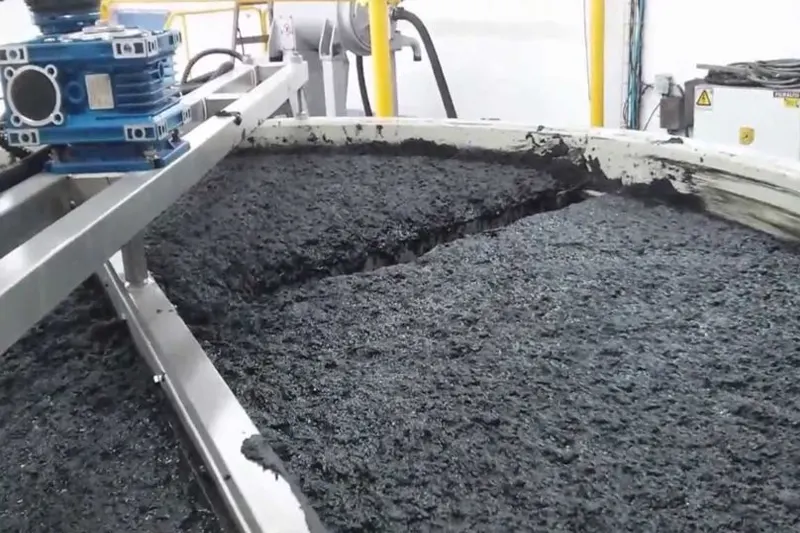
Over time, microorganisms and chemicals in the sludge decompose, causing air pollution and generating unpleasant odors. When the decomposed sludge dissolves into water, it seeps into active water areas, causing water, soil, and air pollution, leading to serious environmental consequences.
Types of Sludge Nowadays
Industrial Sludge
This type of waste is generated after industrial wastewater treatment. The composition of this sludge includes heavy metal content such as Cu, Cr, As, N, Cd, hazardous waste. Therefore, treating sludge in the system becomes complex and challenging. It also contains organic, inorganic, and chemical waste.
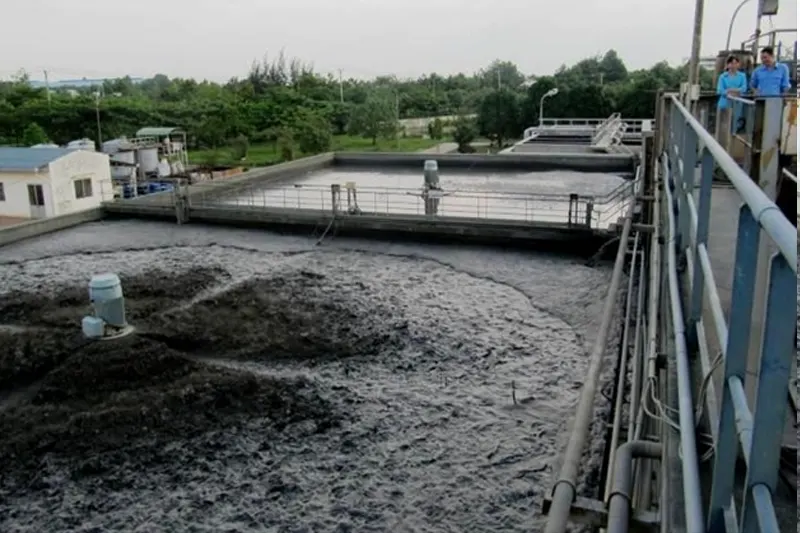
Industrial sludge includes two types: Hazardous industrial sludge and non-hazardous industrial sludge.
- Hazardous industrial sludge: Requires proper collection and treatment.
- Non-hazardous industrial sludge: Does not need to be disposed of and can be treated for various purposes.
Municipal Sludge
This type of sludge contains a high organic content, accompanied by hazardous chemicals and detergents. They accumulate from the domestic wastewater treatment process of the population.
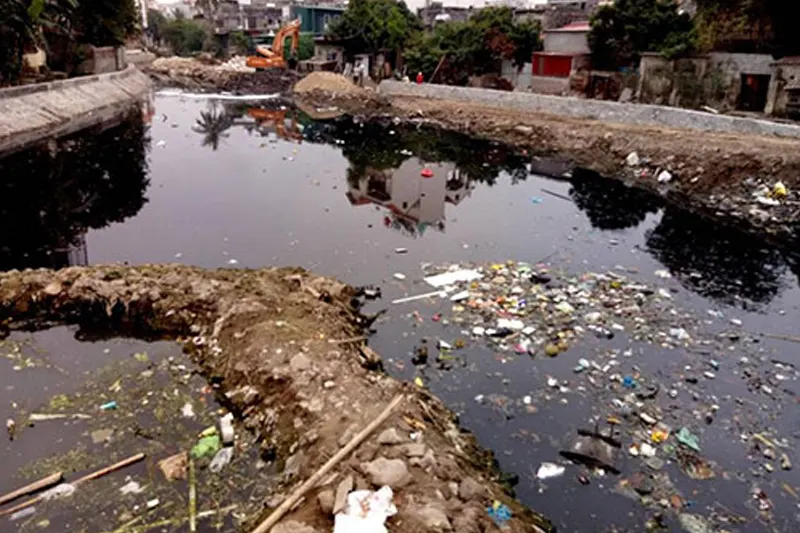
Municipal sludge is diverse in composition and requires appropriate treatment processes to achieve the best results.
Medical Sludge
This type of sludge has high toxicity, many microorganisms, pathogens, antibiotics, chemicals, etc. Therefore, it is extremely harmful to the environment and humans.
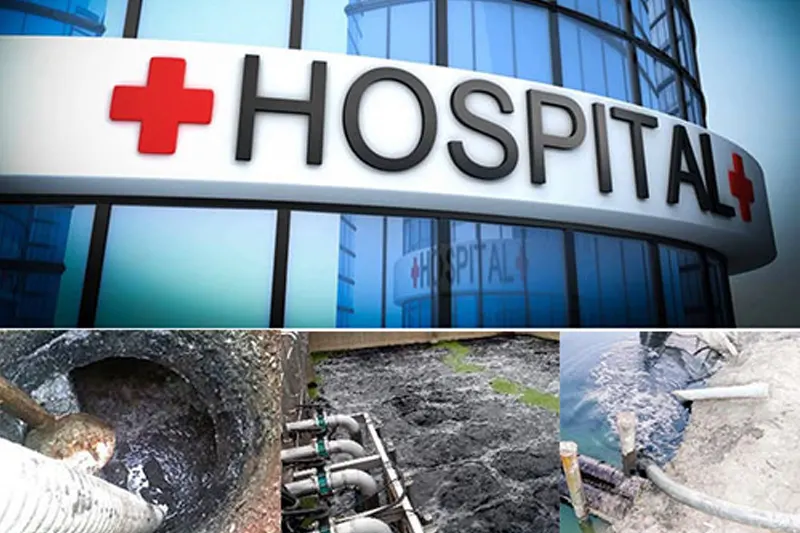
Medical sludge needs to be collected and treated separately to completely remove all pollutants. Ensuring that when released into the environment, it does not affect the ecosystem.
Methods of Treating Sludge from Wastewater Treatment Systems
Using Microbial Products
This method is considered safe and stable. Simply put, it is the biological oxidation process of organic pollutants in sludge treatment. To apply this method, you need to prepare an aerobic tank, microbial products for sludge digestion, and a sludge treatment settling tank.

The microbial strains can be cultured in liquid form with high activity. This accelerates the biological decomposition process, reducing the excess sludge in the wastewater treatment system.
Using Gasification Method
This method converts carbon materials into synthesis gas. This gas is easy to burn, containing carbon, carbon monoxide, hydrogen, nitrogen, carbon dioxide, and methane. It can be used to produce electricity, steam, fuel gas, etc.
This method has the advantage of significantly reducing sludge weight, using less oxygen gas, reducing gas emissions, and utilizing product gas. However, it requires high investment costs, complex processes, and ensuring clean/pure gas products.
Landfill Method
This method treats sludge by packaging and solidifying it to minimize and prevent the impact of sludge on the surrounding environment.
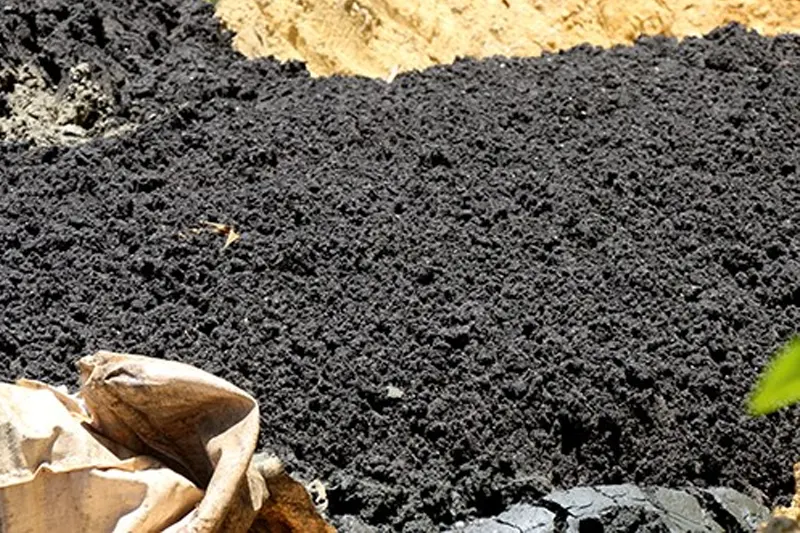
The condition is to landfill sludge in areas far from residential areas, water sources, and agricultural areas.
Incineration Method
Sludge is compacted, dried, and then incinerated at temperatures above 800°C.
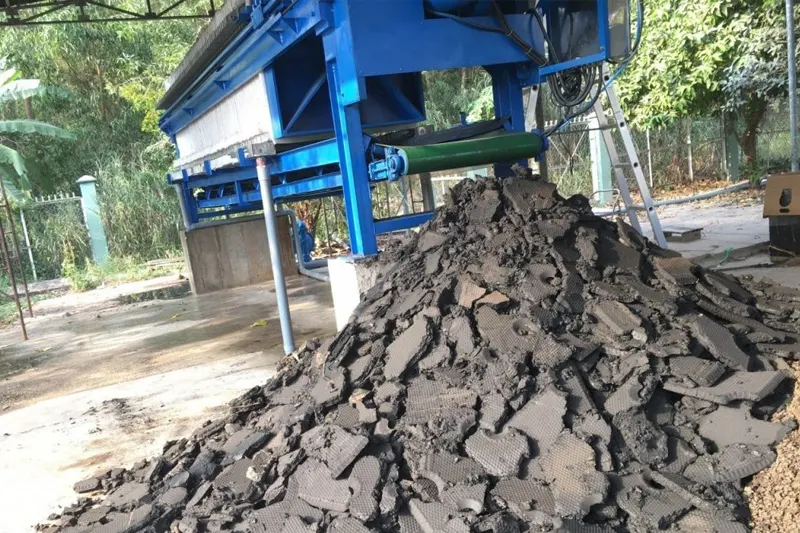
This method is estimated to reduce 80% - 90% of waste volume. However, for solid waste sludge types, sediments, and liquid sludge, an incineration chamber with a temperature of up to 1000°C is required.
Above is the sharing of Toan A JSC experts on sludge from wastewater treatment systems. Hopefully, it has helped you understand this issue better and choose the appropriate treatment method. If you have any questions, please contact Toan A via hotline 0913.543.469 to be advised by experts.
Update: 05/10/2023
Share:




Related news
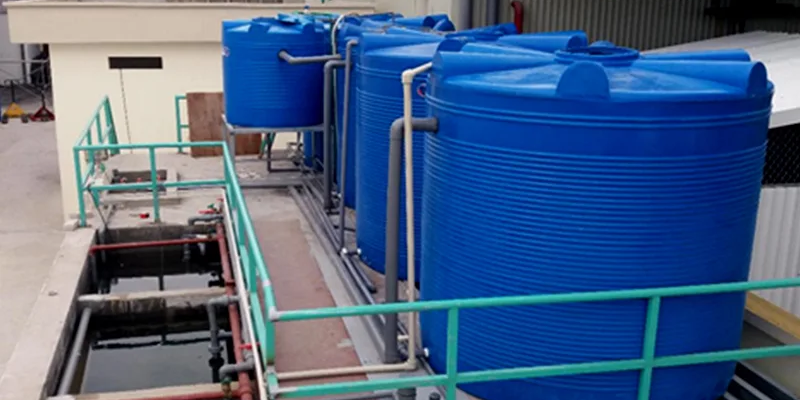
Effective Pharmaceutical Wastewater Treatment Solutions from Toan A JSC
Created at: 04/09/2024

Optimal Solution for Medical Wastewater Treatment from Toan A JSC
Created at: 04/09/2024
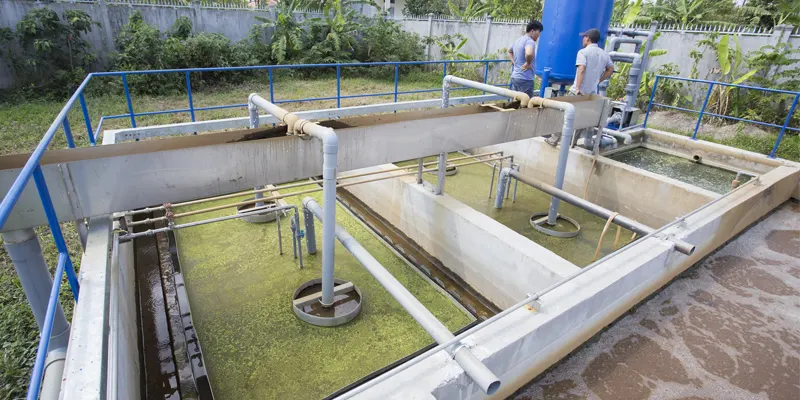
Advanced domestic wastewater treatment technology by Toan A JSC
Domestic wastewater is one of the largest sources of pollution to the environment if not treated properly. In Vietnam, besides individual households, urban areas, apartment buildings, restaurants, hotels, and service establishments are required to comply with the treatment of domestic wastewater according to the QCVN 14:2008 standard set by the Ministry of Natural Resources and Environment to ensure environmental safety and human health. Currently, there are many methods for treating domestic wastewater, each with its own characteristics and specific applications, suitable for different types of wastewater and specific requirements. Let's explore this issue further with Toan A JSC in the following article!
Created at: 14/08/2024






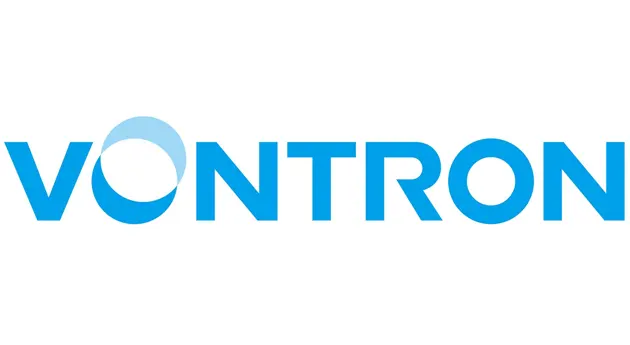



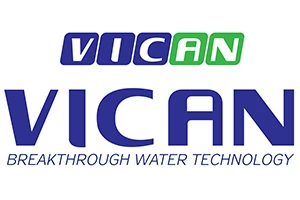






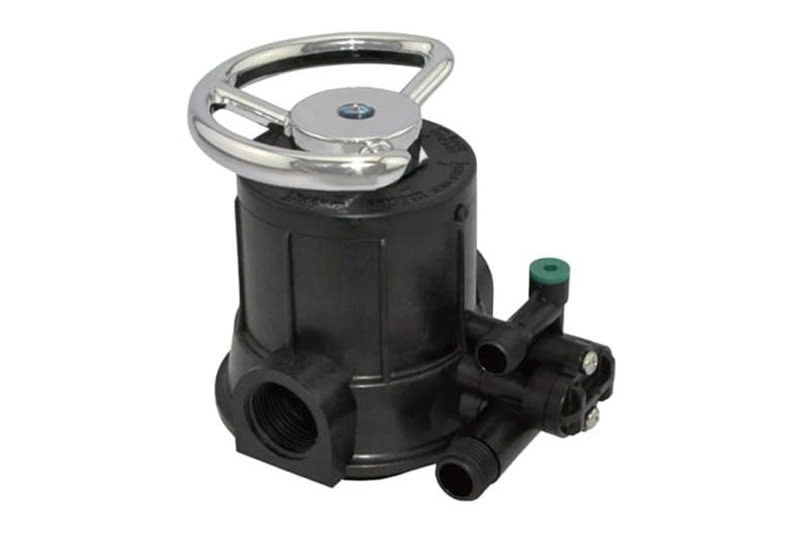
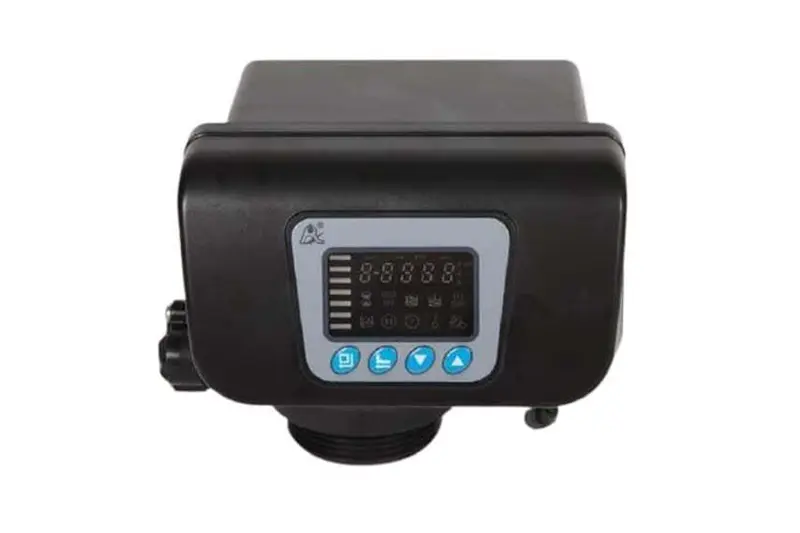




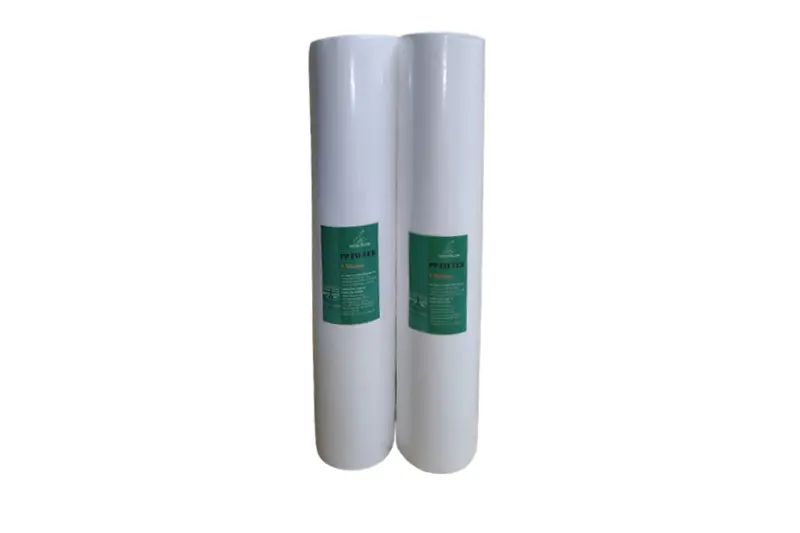



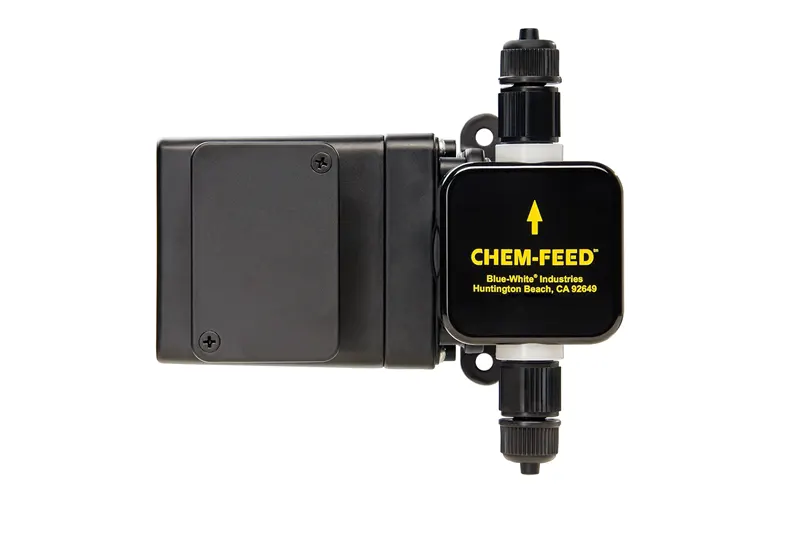
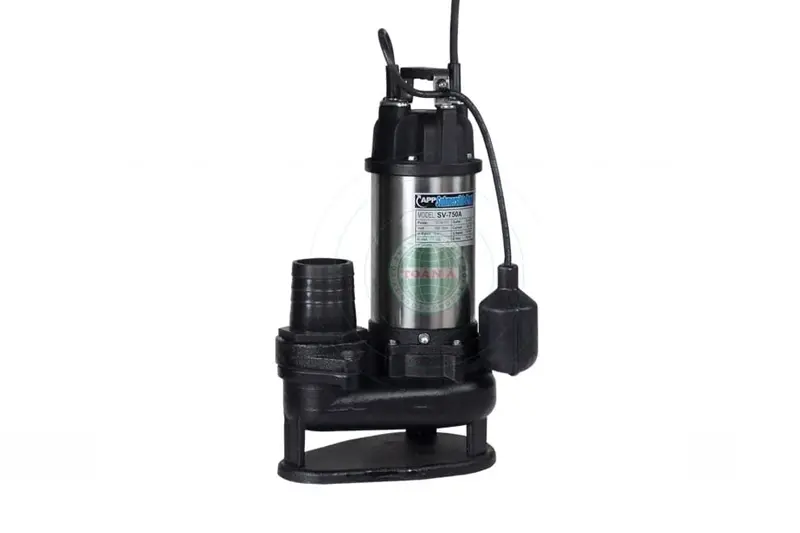



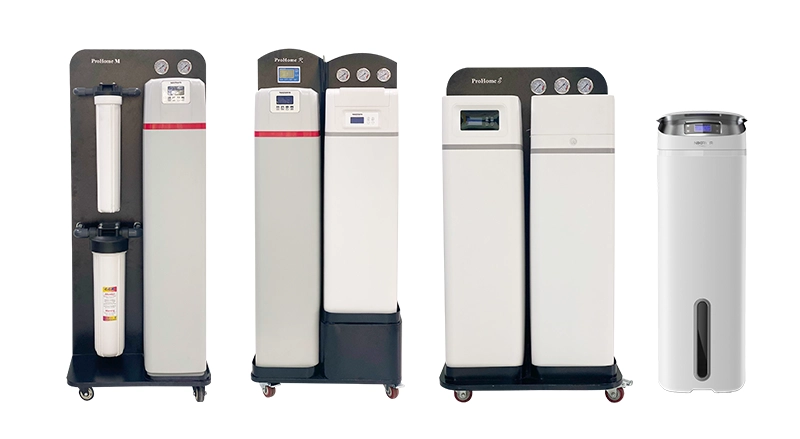
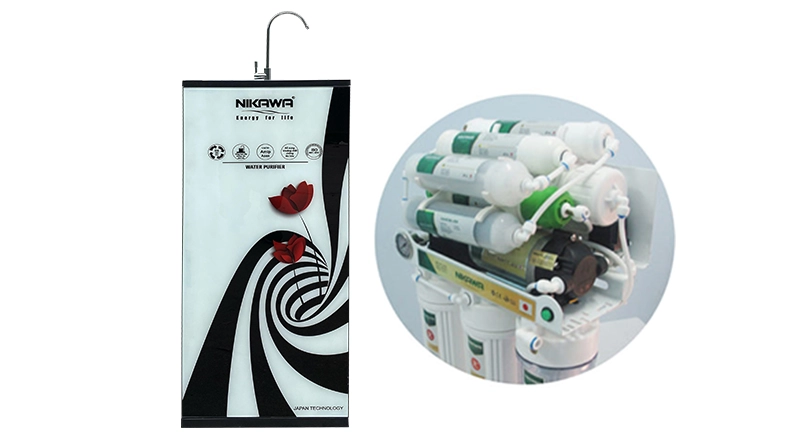
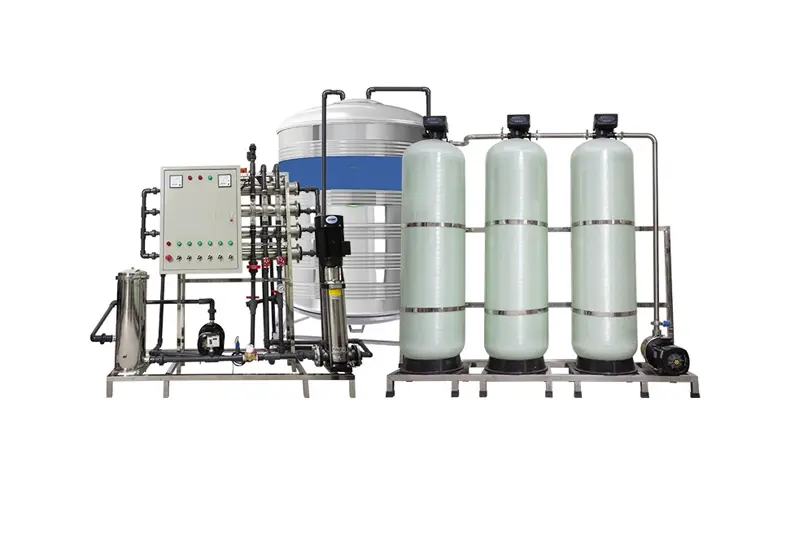
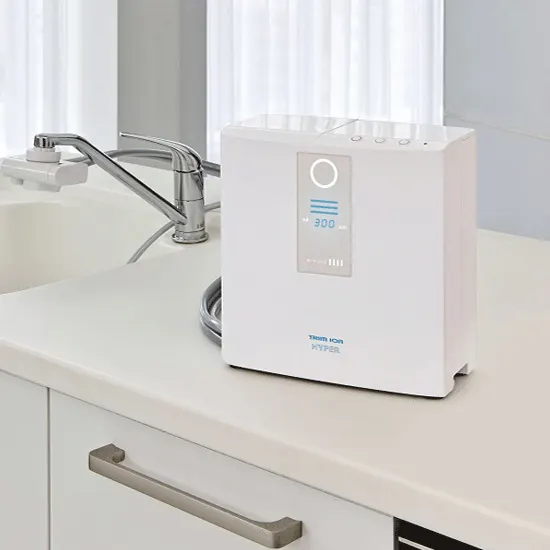
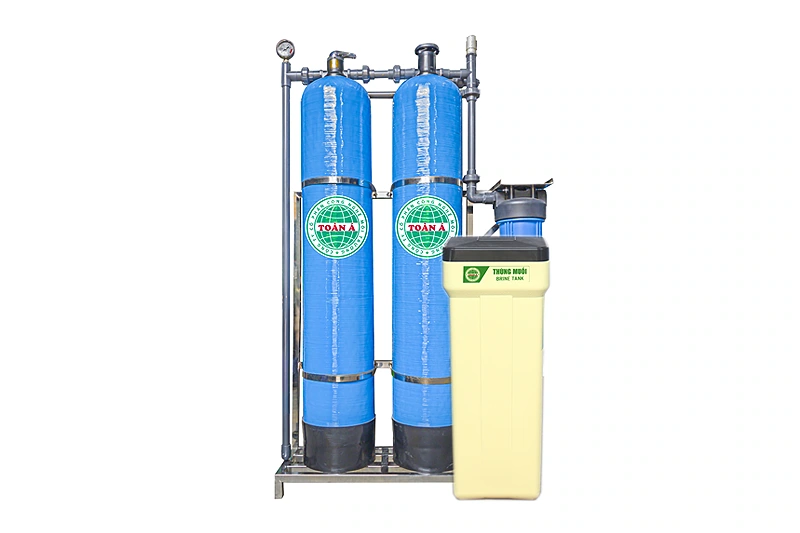


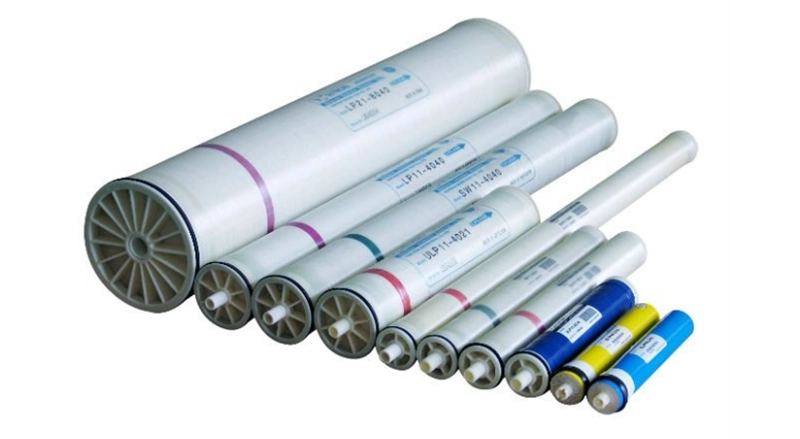
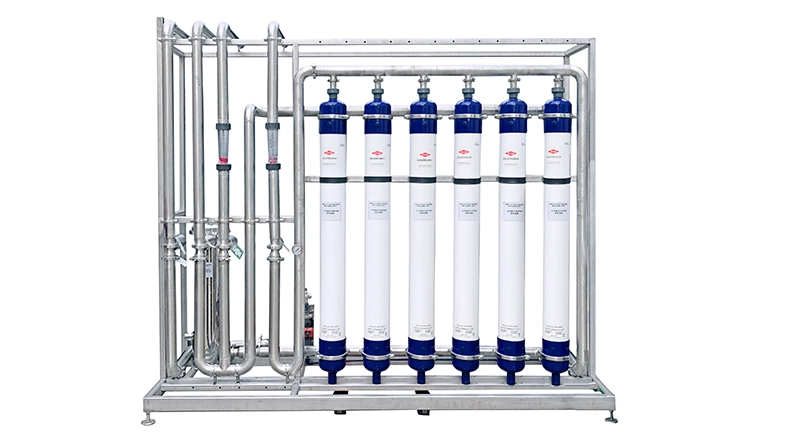


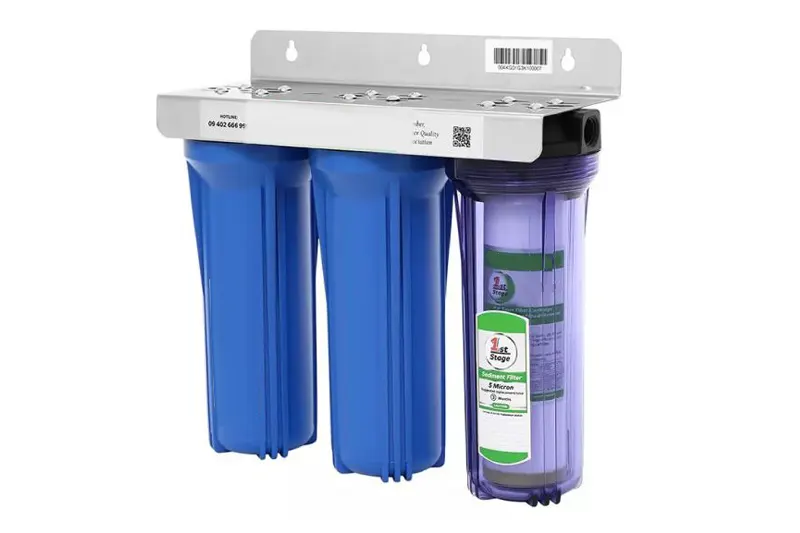

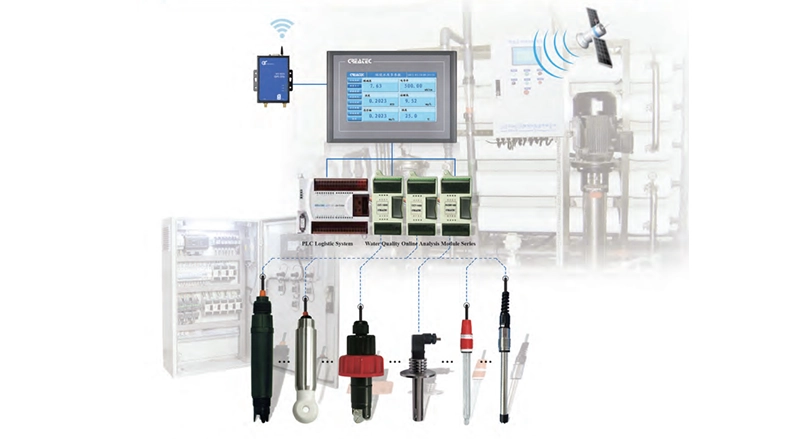
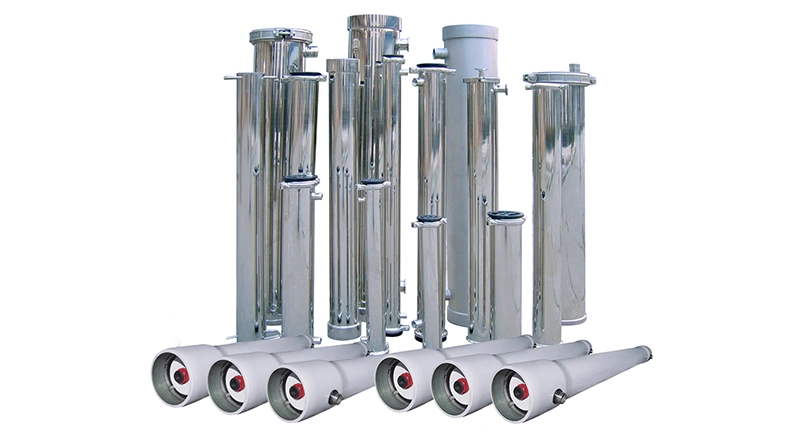
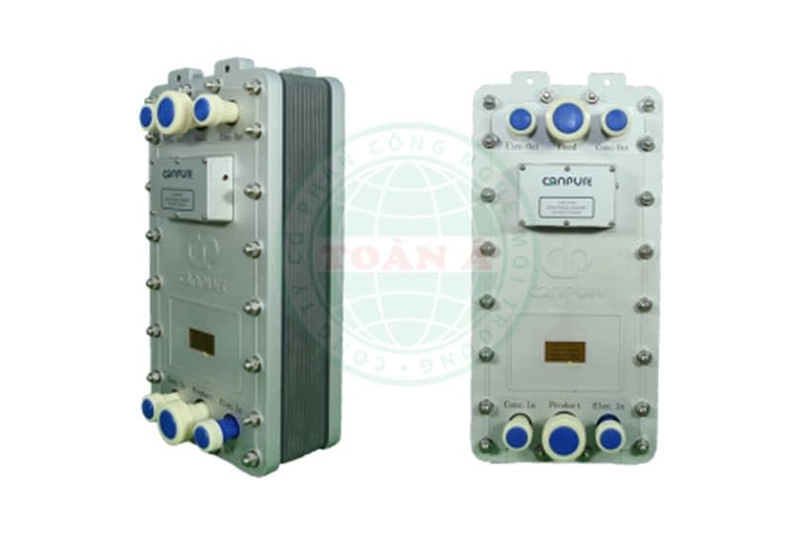
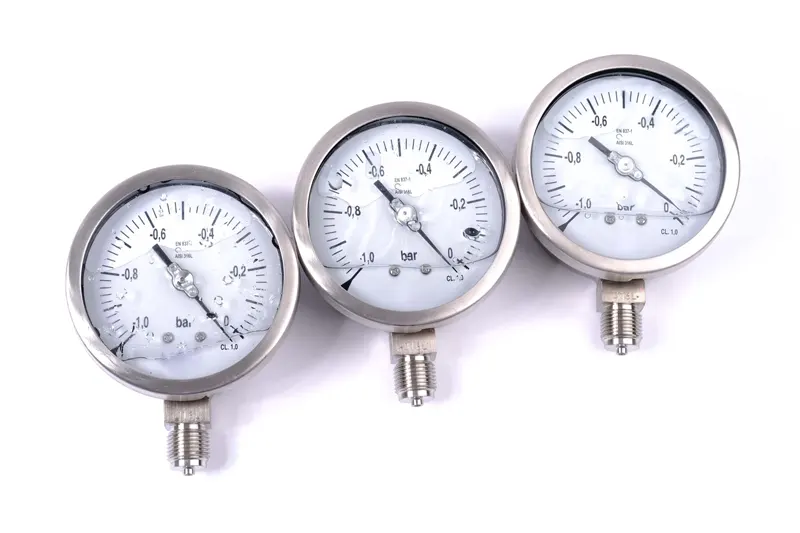
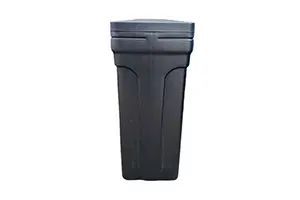


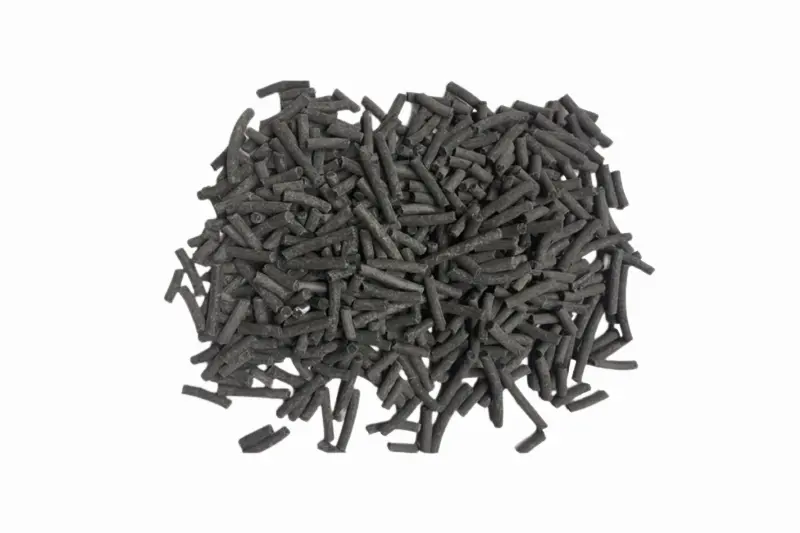
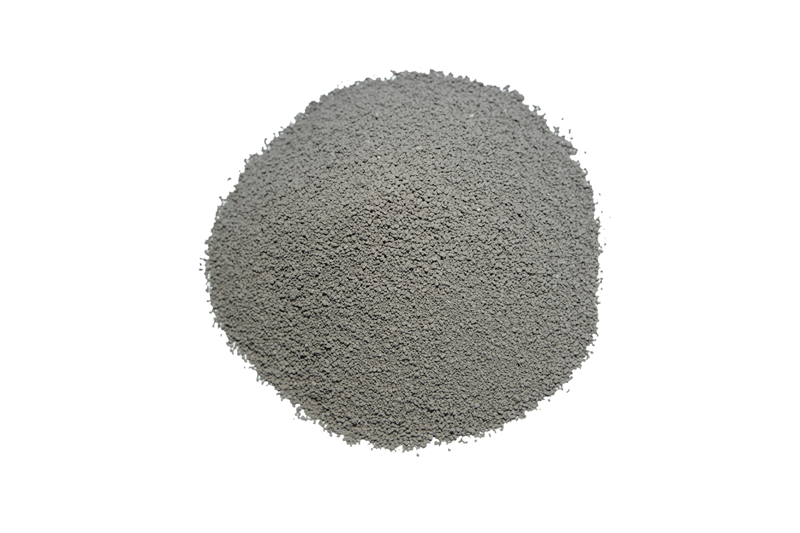
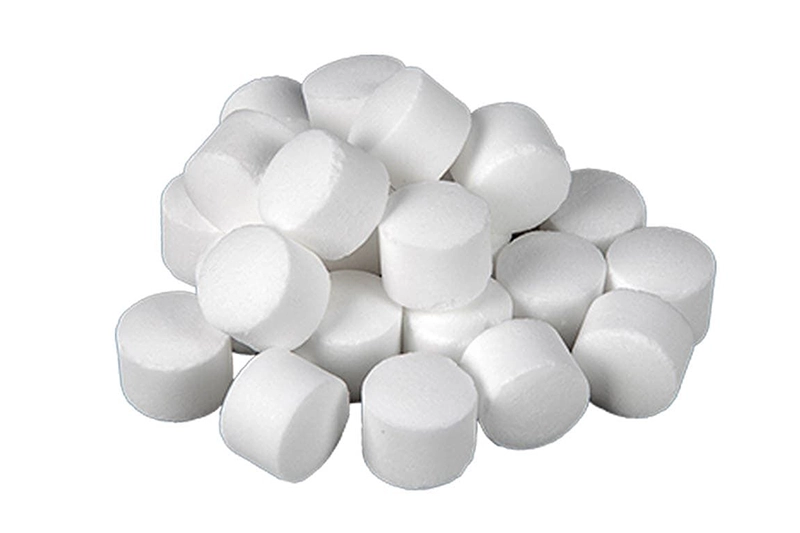
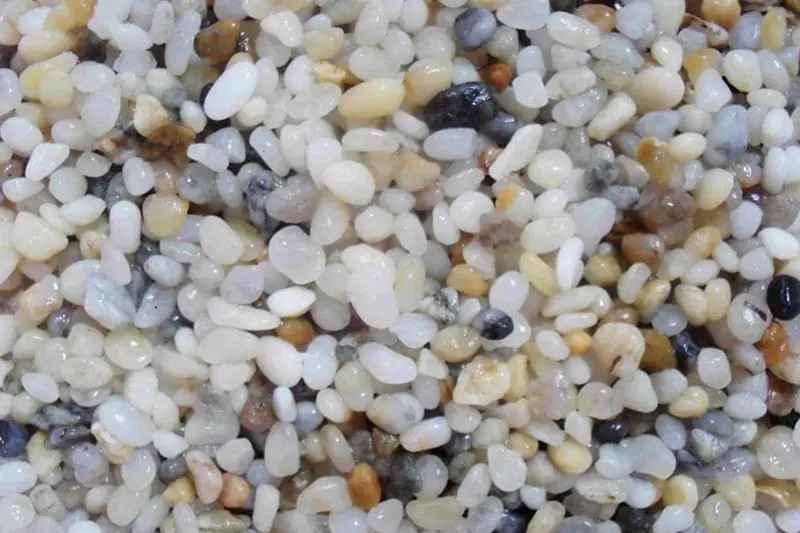
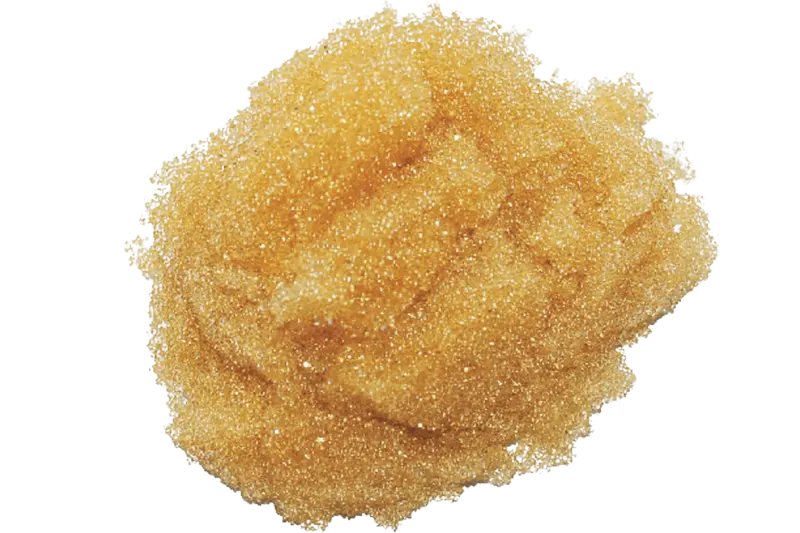








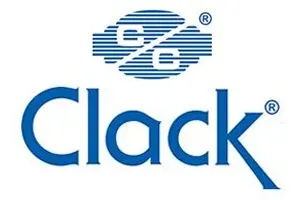
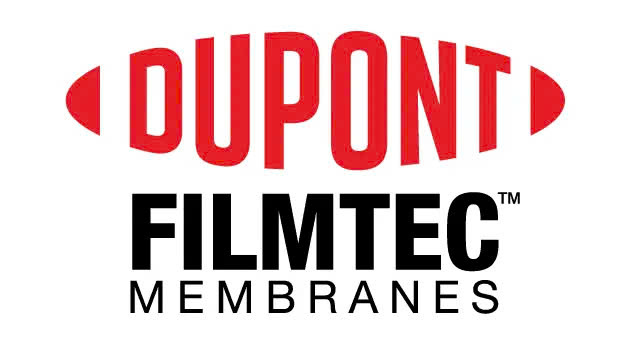

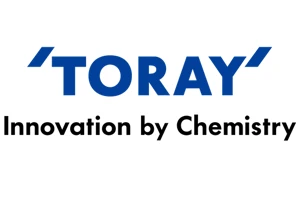

 Water Filter Columns
Water Filter Columns
 Water Filtration Membranes
Water Filtration Membranes
 Control Valves
Control Valves
 Water Filter Cartridges
Water Filter Cartridges
 Water Pumps
Water Pumps
 Water Filtration Equipment
Water Filtration Equipment
 Water Filtration Components
Water Filtration Components
 Water Filtration Materials
Water Filtration Materials
 Heat Pump Water Heaters
Heat Pump Water Heaters



 Products
Products  Solutions
Solutions  Project
Project  News
News